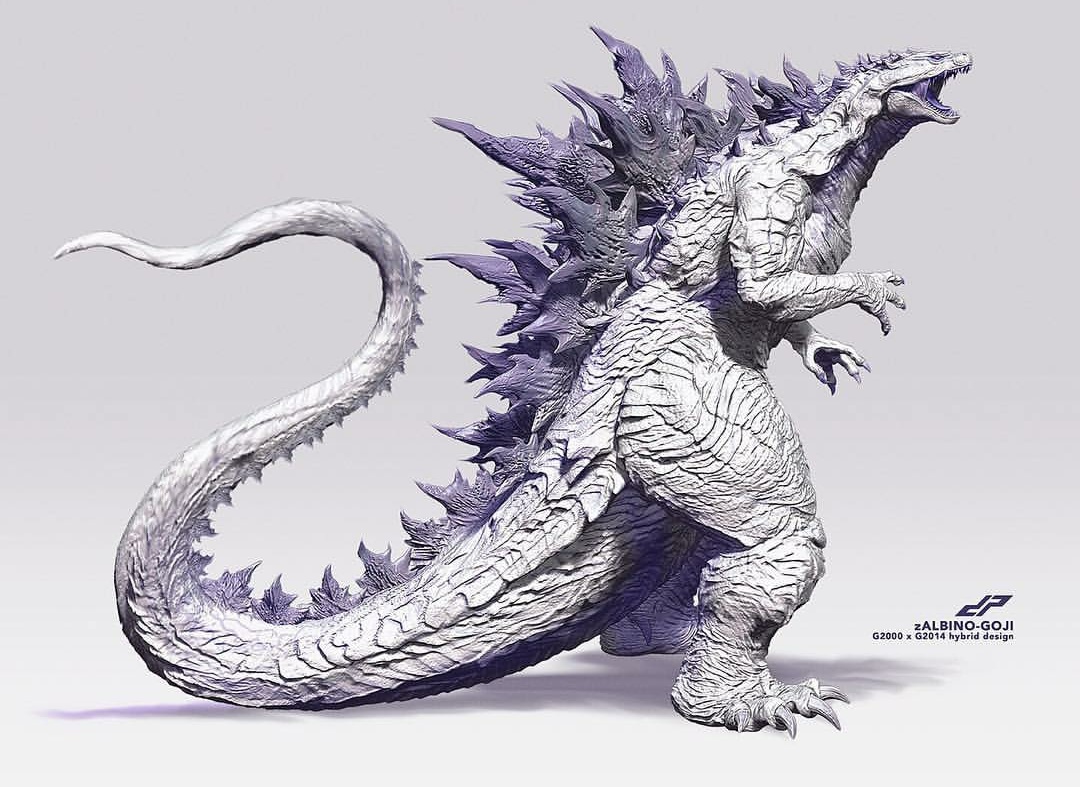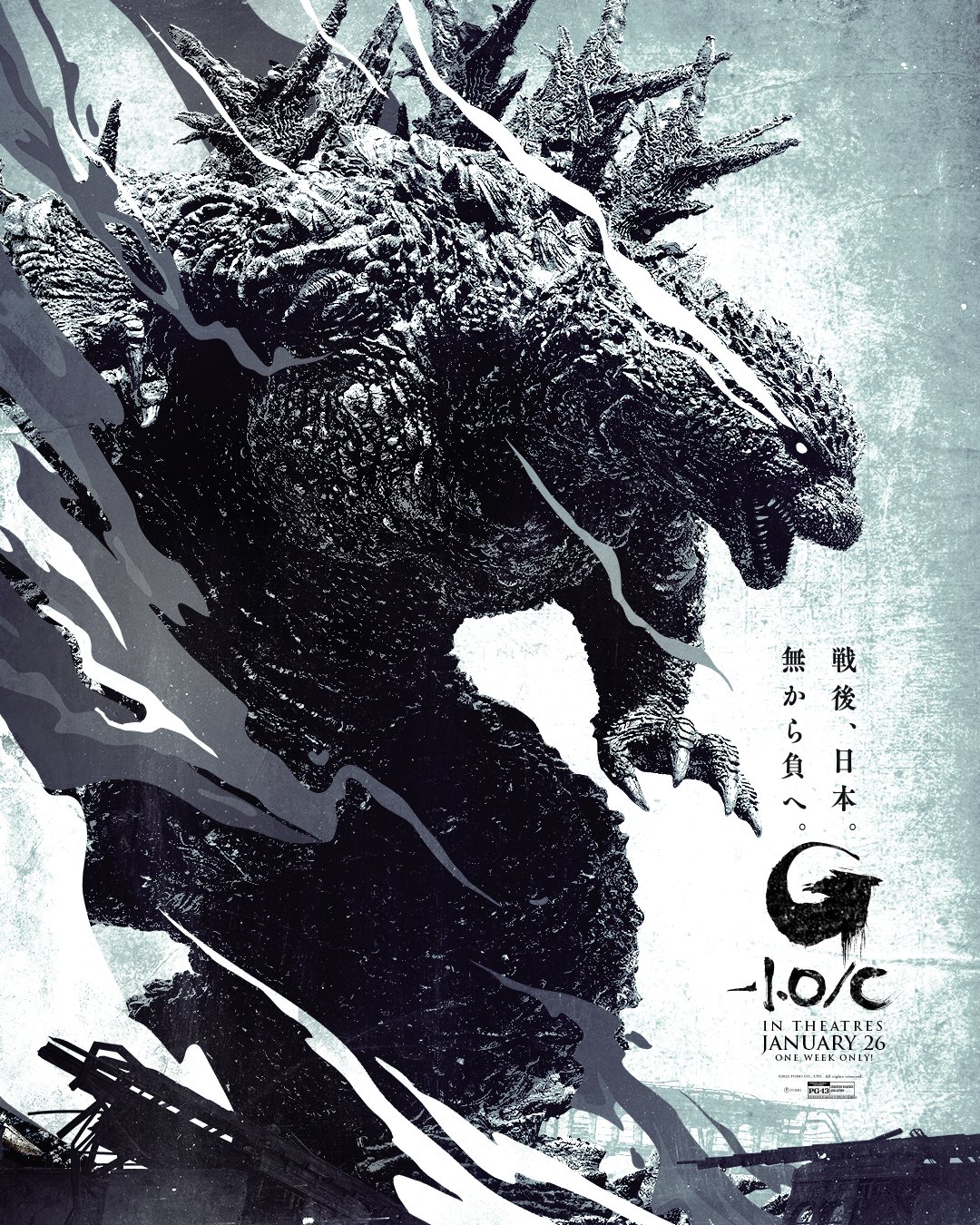Discover White Rodan: Godzilla's Lost Kaiju
What if the King of the Monsters, Godzilla, wasn't always the charcoal-grey behemoth we know and love? The truth is, Godzilla's iconic image has been a shifting landscape of design and interpretation over the past seven decades. From a brown-suited terror in post-war Japan to a sleek, atomic-fire breathing titan, his evolution is a fascinating journey through film history and cultural anxieties.
The 1954 original, filmed in stark black and white, introduced the world to Godzilla, a creature born from the ashes of nuclear devastation. While the film stock might have been monochrome, Godzillas suit was, surprisingly, brown. This earthy hue, lost to the black and white film, speaks to a different era of special effects and a different cultural context. The anxieties of a nation grappling with the aftermath of Hiroshima and Nagasaki found a voice in this lumbering, reptilian force of nature.
| Name: | Godzilla |
| First Appearance: | Godzilla (1954) |
| Creators: | Tomoyuki Tanaka, Ishir Honda, Eiji Tsuburaya |
| Species: | Prehistoric amphibious reptile/God incarnate (varies by continuity) |
| Abilities: | Atomic breath, regeneration, superhuman strength and durability |
| Notable Films: | Godzilla (1954), Godzilla vs. Mechagodzilla (1974), Godzilla (2014), Godzilla vs. Kong (2021) |
| More Information: | Godzilla Wiki |
The evolution of Godzillas design is more than just a visual chronicle; its a reflection of the changing times. As the franchise progressed, Godzilla transitioned from a destructive force embodying nuclear fear to a complex character, sometimes a protector, sometimes a destroyer. The design evolved alongside this narrative shift, with alterations in posture, facial features, and the iconic dorsal fins reflecting these changing roles. The brown suit gave way to the familiar charcoal gray, punctuated by jagged dorsal fins glowing with atomic energy, solidifying the image of a walking nuclear reactor.
Consider the abandoned concept of White Rodan ( Howaito Radon), a creature envisioned for the 1993 film Godzilla vs. Mechagodzilla II. This spectral pterodactyl, born from the radioactive fallout of a destroyed Russian submarine, ultimately never took flight. However, White Rodans existence, even in pre-production, highlights the constant experimentation and reinvention within the Godzilla universe. This ultimately paved the way for the fiery incarnation, Fire Rodan, seen in later films, demonstrating the continuous evolution of these iconic kaiju.
The meticulous artistry involved in bringing these monsters to life often goes unnoticed. Take, for example, the black and white presentation of Godzilla Minus One (2023). This wasn't a simple desaturation of the color footage. Director Takashi Yamazaki and his team painstakingly masked portions of each shot, adjusting contrast and composition with the eye of a professional photographer. This dedication to the aesthetic recalls the cinematic techniques of the original 1954 film, bridging the gap between the franchise's past and present.
The decision to revisit a black and white presentation underscores a deeper appreciation for the original film's impact. "The original 1954 Godzilla is, of course, in black and white," Yamazaki stated, emphasizing the intentional homage. This choice wasnt driven by nostalgia alone; it was a stylistic decision meant to amplify the film's themes of destruction and rebirth. The absence of color focuses the viewers attention on the raw power and destructive force of Godzilla, much like the original film did decades earlier.
From Adonoa Island, the fictional nesting ground of Rodan, to the depths of the subterranean world inhabited by other titans, the Godzilla universe continues to expand. New monsters emerge, old foes return, and the King of the Monsters adapts, evolving alongside the fears and fascinations of each new generation. Even seemingly minor details, such as the color of Godzilla's suit or the discarded concepts of creatures like White Rodan, contribute to the rich tapestry of this enduring franchise. The journey of Godzilla, from a brown-suited symbol of nuclear anxiety to a global pop culture icon, testifies to the power of imagination and the enduring appeal of giant monsters.
With each new film, collectible figure, and comic book, the legacy of Godzilla continues to grow. From the limited-edition figures that capture the monster's various incarnations to the theatrical re-releases of classic films, Godzilla remains a fixture in popular culture. Whether it's battling Mechagodzilla, Kong, or a host of other kaiju, Godzillas roar continues to echo through the decades, a testament to the enduring power of this iconic monster.


